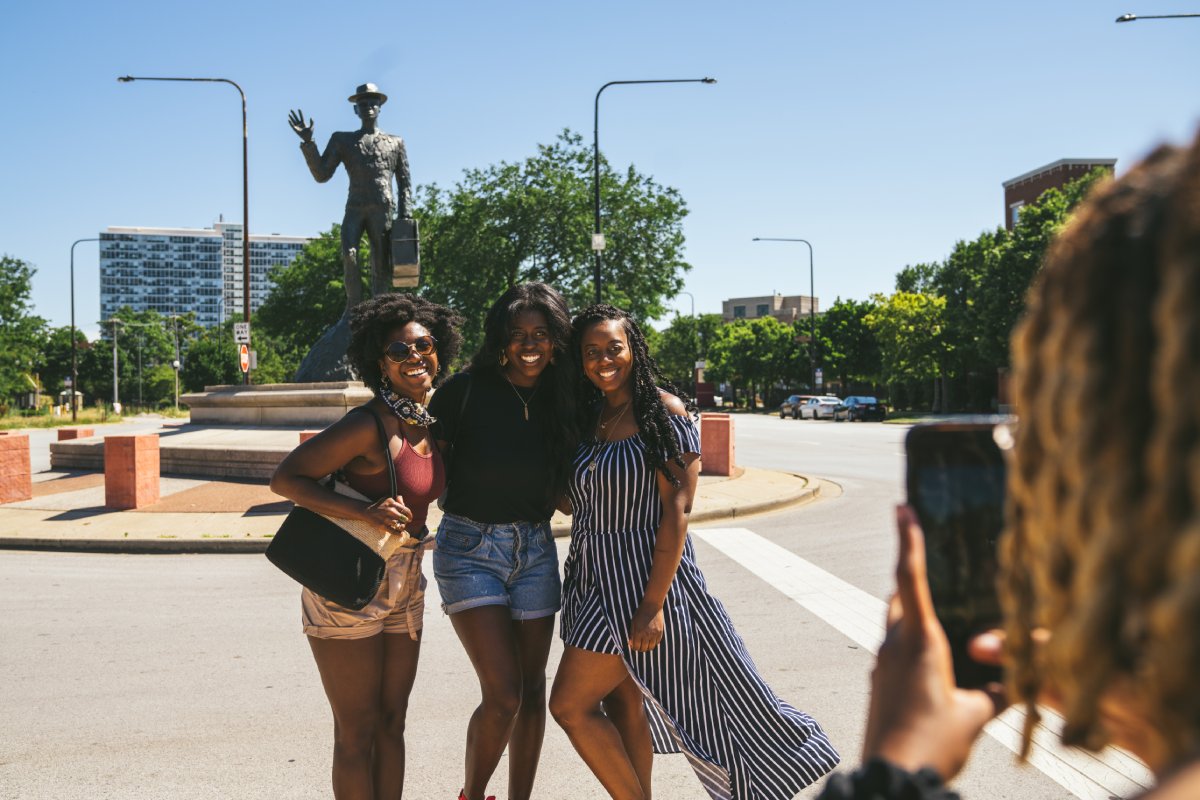Chicago Looks to Drive New Tourism to Overlooked South Side

Skift Take
Chicago tourism officials plan to drive visitation into and expand its marketing coverage for South Side and West Side neighborhoods after receiving a $5.5 million grant from the city government.
The grant originated from the $1.9 trillion 2021 American Relief Plan Act. Local governments received a portion to support their recovery. The city of Chicago was allocated $1.9 billion. The city has been using the funds to help neighborhoods and communities recover from the pandemic, with tourism being an avenue.
The city’s economic inequalities have worsened since the pandemic. Food insecurity has increased 19 percent from pre-pandemic levels, and 37 percent higher for Black households.
Chi-Town tourism is still in recovery mode. It received around 50 million visitors last year, still down from 60 million in 2019, according to Lynn Osmond, president and CEO of Choose Chicago, the city’s tourism agency. Choose Chicago expects a full recovery to come in the first q
